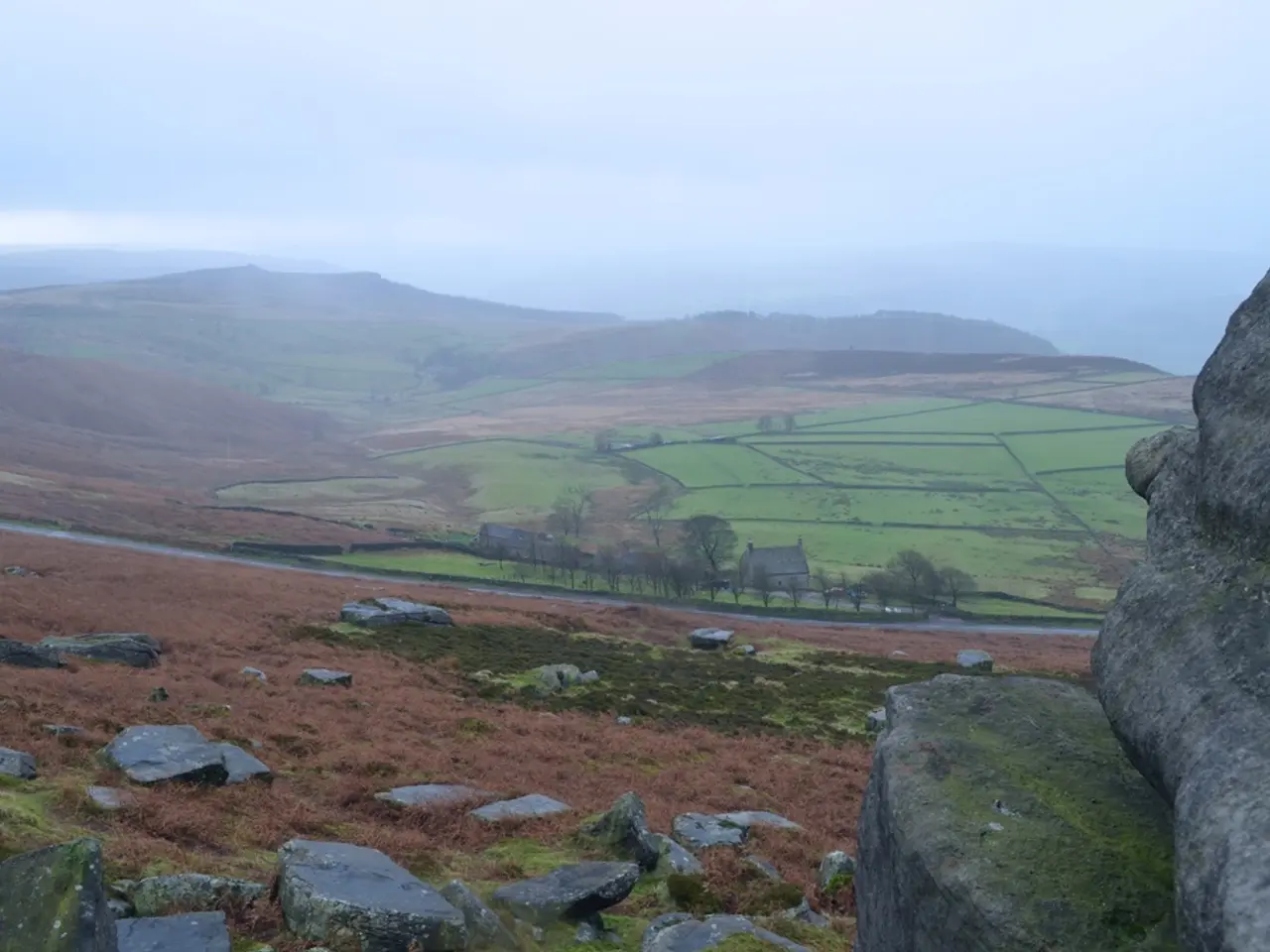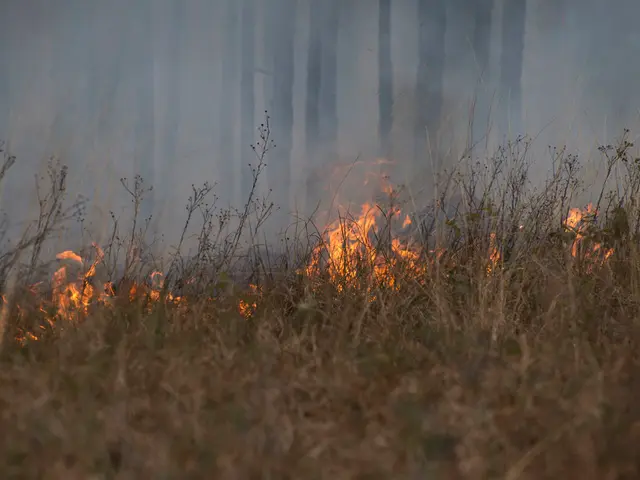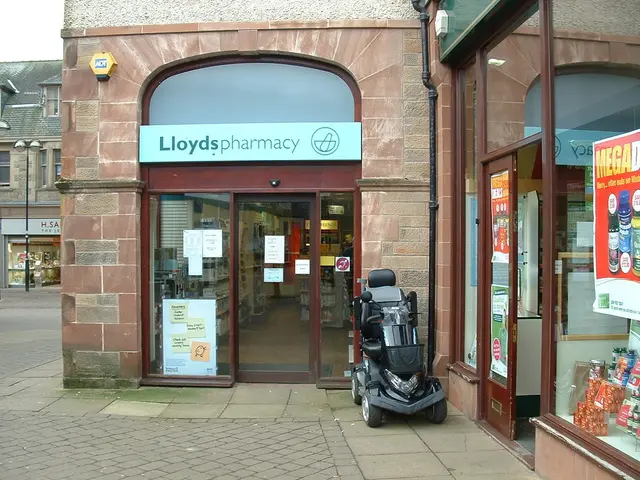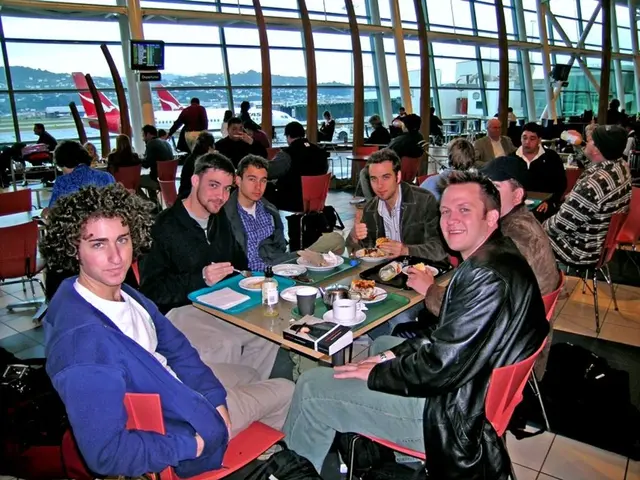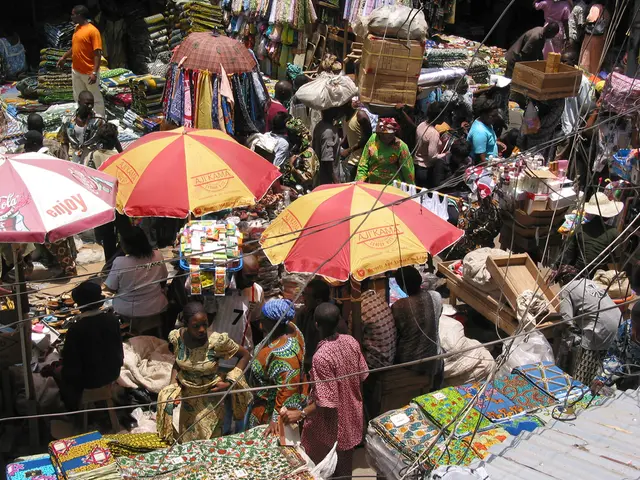Urban Development in Amazonia: Collaboration between Local Residents and Expanding Metropolises
The Amazon, before the arrival of Portuguese colonizers, was characterized by a sparsely populated landscape shaped by agriculture and tropical urbanization. Indigenous settlements, connected via rivers from the mouth of the Amazon to the Andes, were often found at the confluence of two rivers for better control over the surrounding area.
These pre-colonial settlements were small and close to each other, with structures oriented along the waterways. Indigenous groups such as the Munduruku along the Tapajós River and the Awajún around the Marañón River managed their territories and livelihoods based on river resources.
The arrival of Portuguese colonizers in the 16th century marked a significant shift. Portuguese colonial rule replaced indigenous place names with their own, and their policies influenced the development of larger cities and towns. Colonizers relied on the exploitation of existing forest products, learning from indigenous peoples how to collect and use these resources.
However, the 20th century saw a drastic change. Brazil's colonization led to massive deforestation in the Amazon, stripping the local population of their humanity through racist ideologies. This period of colonization resulted in the loss of many indigenous settlements and the destruction of valuable green areas, replaced with vegetation-scarce cities.
Fast forward to the present day, and the Amazon continues to evolve. The proportion of people in rural areas in the Amazon is twice the national average, with smaller cities legally classified as rural settlements. Ignorance often leads to the destruction of these green areas, but there are signs of change.
In the city of Manaus, for example, data from 2022 shows population growth in islands, areas structured around villages, and in communities. Green spaces between these settlements regulate the microclimate and provide people with important ecosystem services and food. Manaus and Macapá concentrate 60% and 30% of their state's population respectively, while Belém has experienced a population decline in its metropolitan area.
Villages and communities along the major rivers preserve the heritage of pre-colonial settlement and often supply the cities with food. Rivers remain the main means of transportation, providing abundant food such as fish, turtles, and fruits.
However, challenges persist. In Santarém, resource producers exercise significant power in both urban and rural areas, with conflicts with the indigenous population observed everywhere. These conflicts highlight the need for sustainable development that respects the rights and livelihoods of indigenous peoples.
As we move forward, it is crucial to learn from the past and preserve the rich history and culture of the Amazon while promoting sustainable development that benefits all its inhabitants.
Read also:
- Understanding Hemorrhagic Gastroenteritis: Key Facts
- Stopping Osteoporosis Treatment: Timeline Considerations
- Tobacco industry's suggested changes on a legislative modification are disregarded by health journalists
- Expanded Community Health Involvement by CK Birla Hospitals, Jaipur, Maintained Through Consistent Outreach Programs Across Rajasthan
